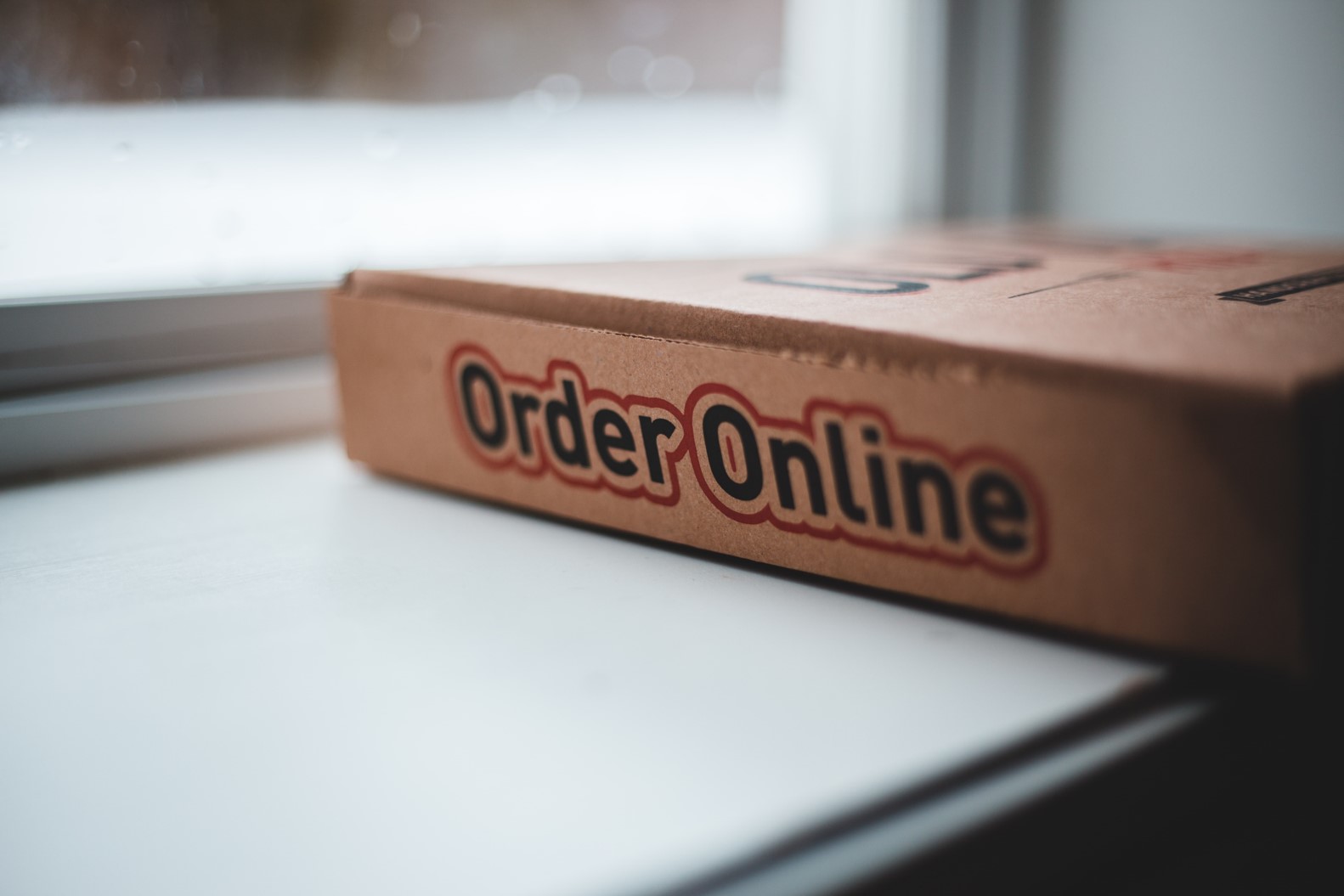Its September 2020, the ninth month of the year and people are already regarding this year as one of the worst years to go down in history. Surprisingly, people forget to realize how there could exist a series of worst years regarding their consumption patterns. Imagine years of drought, famine, pandemics, and extreme atmospheric temperature, just to mention a few because of excessive global consumption patterns. Our current consumption patterns leave nature with toxic waste and pollution at high levels which are even harmful to us. Due to these reasons, the only way for the future is to live sustainably, adapting the circular economy concept as a way to promote and restore ecological civilization.
The world is a closed system with a finite limit of resources. Even if it is not, the uneven distribution of resources together with issues of price volatility and conflicts has already caused a scarcity of resources. Regardless of scarcity, the use of resources has increased by ten-folds since 1900, and it is estimated to be doubled by 2030, which will create additional risks. Already, the world is living in the effects of climate change – flooding due to rising sea levels, the intense heat waves, and the extinction of species due to the unfavourable climatic conditions. However, in a circular economy, a lifecycle thinking approach is used to manage resources. The resource is put into use for a long period whiles deriving the maximum value from them to recover and regenerate products and services at every phase or cycle, therefore, reducing the existing pressure on natural capital. Consequently, it will provide adaptation and mitigation measures for climate change. The circular economy is an alternative to the traditional method of manufacturing (make, use, dispose of) termed as the linear economy, which makes circular economy an absolute solution to resource scarcity and excessive consumption.
Statistically, more than 80% of the components of the food delivery end up as waste. Imagine how much waste is produced when 60% of the 260 million users of Ele.me (food purchasing app) buy lunch each day. Do not forget there are millions of purchases from the Meituan, Didi, and other food purchasing apps as well. Now, imagine the intensity of consumption of resources – the ecological footprint. Is this sustainable?

Considering a typical related case in China, where about 60% of all lunch is ordered online, which is typically called ‘‘wai-mai (外卖)’’. Typical delivery will consist of some tissue paper (if you are lucky), chopsticks, a covered takeaway bowl of food, and some polyethylene carrier bag. Statistically, more than 80% of the components of the food delivery end up as waste. Imagine how much waste is produced when 60% of the 260 million users of Ele.me (food purchasing app) buy lunch each day. Do not forget there are millions of purchases from the Meituan, Didi, and other food purchasing apps as well. Now, imagine the intensity of consumption of resources – the ecological footprint. Is this sustainable?
To reduce our ecological footprint, we all have a role to play. The first principle of the circular economy is to design out waste and pollution. After eating your food, the chopsticks, polyethylene carrier bags, and plastic bowls are not waste. Do not throw them around to pollute the environment. Can I use my chopstick again? Can I use the bowls and the polyethylene carrier bags again? Yes! You can. That is the second principle of the circular economy – to keep products and materials in use to extract the maximum value. You can use the bowls to pack your sandwich for lunch to work next time, re-use your chopstick for your noodles and shop with your polyethylene bags. This re-use reduces the stress on the natural capital and minimizes our ecological footprint.

The online food service gave you more food you could eat. What do you do with the remaining? Throw them away? No! Make a compost to enrich the natural environment. You do not want to use your chopstick again? Add it to the compost. You will realize that you will be onboard to minimize waste ideology, and in this way, you will be regenerating the natural system as mentioned in the third principle of the circular economy[1]. Shop owners and producers could also consider sustainable alternatives for packages to enable proper segregation and reuse alternatives. App developers could also consider modifying purchase process to give consumers the option to choose whether or not they need additional goodies such as plastics spoons, chopsticks, straws, tissues and others, as they might have reusable ones at home or office (or one from a previous purchase). In the end, the circular economy concept is a collective goal in spite profession, background, race, religion, or education.

The principles of the circular economy are the same principle employed in the Zero food waste package of a rainbow of hope to directly get organic/eco ingredients from farmers to consumers. The package eliminates waste by carefully sorting out produce and also cut off the use of middlemen to avoid incurring of 20-25% waste arising from storage on shelves. The package also adopts a reusable packaging initiative to maximize the use and cut down consumption of resources [2].
Our consumption patterns and lifestyle had already proven to be worst for the planet with major natural disasters already happening. Therefore, we risk a series of worst climatic conditions in these following years if we refuse to cultivate a circular economy mentality in our daily lives. We have one earth, and we must live harmony and protect it.
References
- https://www.ellenmacarthurfoundation.org/circular-economy/what-is-the-circular-economy
-
https://mp.weixin.qq.com/s/RR_oL-t9WBQwZWSsSyxe2A
-
Photo by Erik Mclean from Pexels.
Share this post: on Twitter on Facebook on Google+ on LinkedIn

Emmanuel Hagan Brown
An Environmental and health and safety engineer with a specific interest in sustainability issues and water remediation technology besides risk management.
-
This author does not have any more posts.
